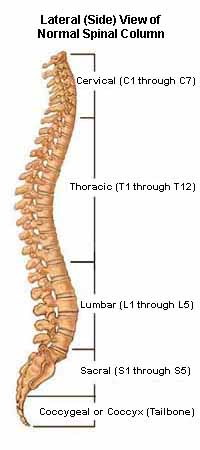Lesbian and gay refer to women and men who are primarily or exclusively attracted to other women and men
Bisexual (or bi) was historically defined as someone attracted to both women and men, though this conceptualization has been problematized as a binary approach to sexuality that excludes individuals who do not identify as men or women. Some bisexual-identified people prefer to describe it as an attraction to more than one gender.
Pansexual (or pan) is an identity marked by sexual attraction to people of any gender, or attraction regardless of gender
Asexual (or ace) is an identity marked by a general lack of sexual attraction or attraction that develops after a meaningful connection (demisexual) or that varies (graysexual).
Polyamorous (or poly or polyam) or ethically nonmonogamies (or ENM) identities refer to people who have relationships that are open or non-exclusive.
Poly and ENM individuals may have multiple consensual and individually negotiated sexual and/or romantic relationships at once

